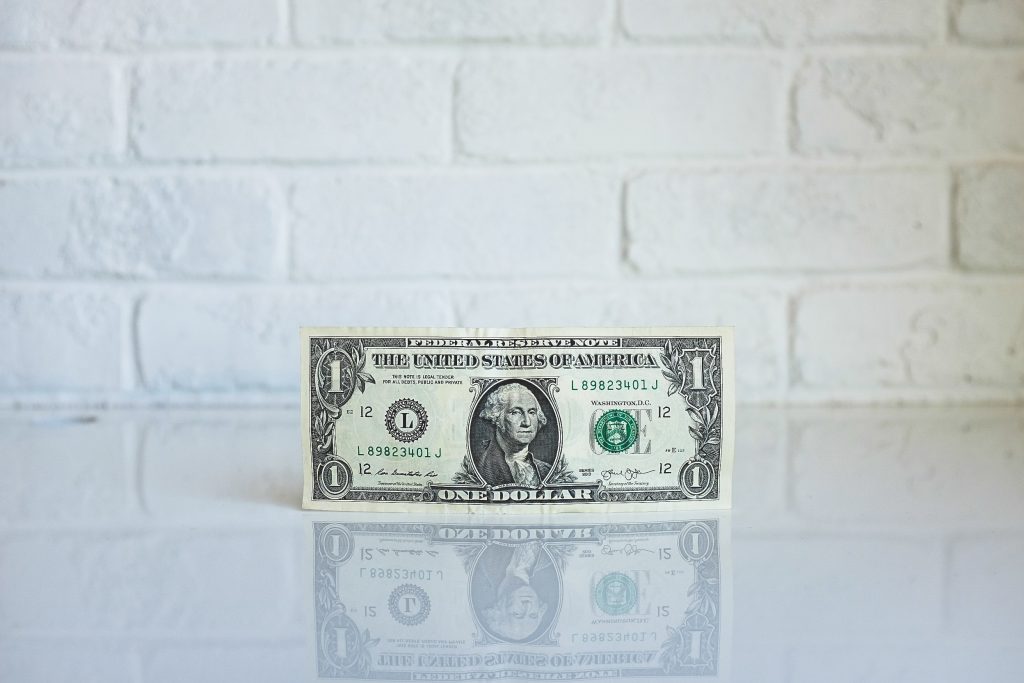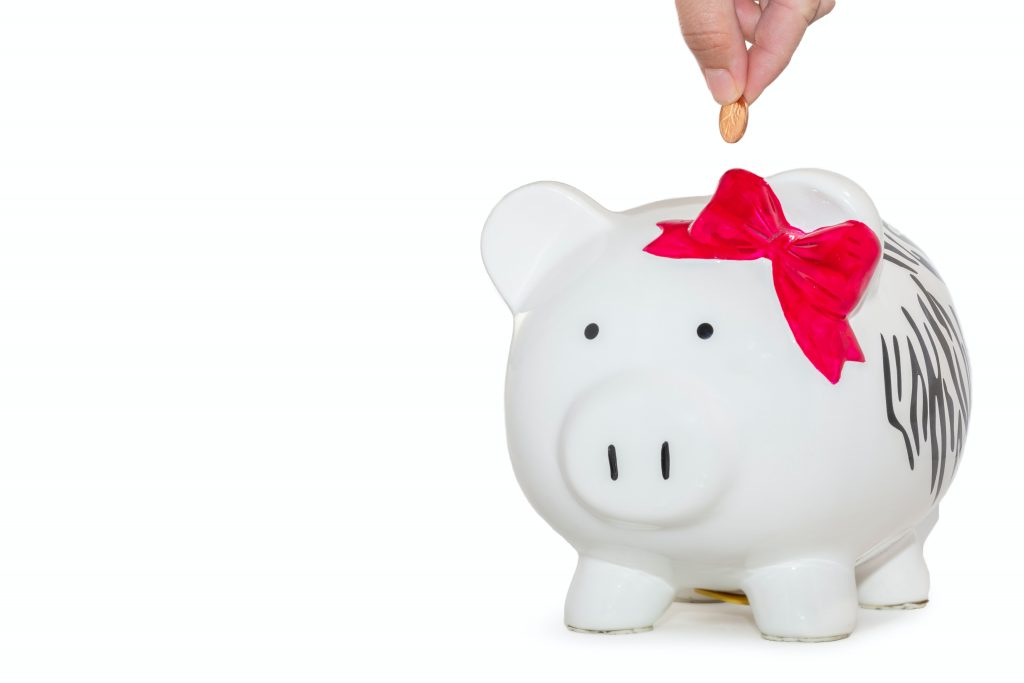One of the most important things to think about when starting your beauty business is your budget. Your goal is to make money, and your budget affects every business decision you make.
It’s important to make sure you take into account enough capital in your budget planning process to cover all of the costs involved in launching your business from scratch. You’ll also need to track and cover the ongoing expenses (and, hopefully, income) that will recur monthly moving forward. Taking both into account will help ensure that you’re on track to hit the goals you’ve set for your beauty business.
To that end, there are two types of budgets you’ll need to work through:
- Startup Budget
- Ongoing Budget
It might sound overwhelming to have to manage not one but two budgets, but don’t worry! They’re both very easy to set up, and the startup budget is a one-time exercise. Read on to learn more about how to create and manage both types.
The Startup Budget

One of the first things you’ll need to do when launching your beauty business is to identify how much money you’ll need to cover your starting costs. These are one-time costs that might stretch over several months, but which don’t recur regularly (yet—some of them might eventually resurface in your ongoing budget).
Don’t forget to consider everything you might need to invest in over your first several months in business. These will make up your Startup Budget, which itself can be broken down into the Startup Costs and the Ongoing Costs.
Here are some examples of the one-time Startup Costs you may want to consider as you launch your beauty business:
- Legal counsel or fees
- Licenses/certifications
- Graphic design (logo, packaging, website, etc.)
- Product inventory
- Packaging
- Manufacturer fees (set-up)
- Printer fees (set-up)
Your Ongoing monthly costs will mostly depend on how you choose to market, fund, and sustain your beauty business in its early days.
Here are some examples of what these Ongoing startup costs might look like:
- Contractor/professional fees (writing, bookkeeping, etc.)
- Office supplies and operating supplies
- Insurance
- Marketing costs (online or print ads, website, dues/subscriptions)
- Professional licenses that charge monthly
- Travel (if required regularly)
- Shipping
- Legal
- Accounting
- Interest fees on business loans or credit cards
How much should I plan to save or borrow to get started?

When you’re first starting your beauty business, a good rule of thumb is to make sure you have all of your costs (startup and ongoing) covered for the first three months. Keep in mind that the majority of your one-time costs will likely be frontloaded into this first quarter.
To get this number, multiply your estimated monthly costs by three, and then add that to your one-time startup costs. This is the amount of money you’ll need to get your business off the ground.
Here’s a quick, easy-access formula to help you calculate your total startup cost:
Total One-time Expenses + (Total Monthly Expenses x 3 months) = Total amount required at startup
The Ongoing Budget
Believe it or not, the startup budget is the easy part. Your ongoing budget gets a bit more complex, but it’s for a good reason—you’ll be factoring in projected sales!
To simplify the process of creating an ongoing budget for your beauty business, let’s break it down into three steps.
Step 1: Calculate Your Projected Sales
The first thing you’ll need to do is to make some educated guesses at how much you expect to earn in sales each month. If this sounds difficult to you as you’re just starting out, you’re right. If you have no sales history to work from, you can use your revenue goals to determine these projections.
Think about how big your anticipated customer base will be, your average purchase price, and the number of purchases each customer will make (on average). Record all of these numbers for easy access.
Step 2: Calculate Your Fixed and Variable Expenses
Next, you should estimate the ongoing costs that will continue past the startup phase. These expenses will break down into two main categories:
- Fixed expenses
- Variable expenses
Fixed expenses are the costs that don’t change month over month. These are often things like paying contractors with whom you’ve negotiated a fixed monthly rate, software subscriptions, insurance, and interest on any business loans or credit cards.
Variable expenses are the costs that fluctuate up and down, depending on your activity in a given month. Variable expenses might include things like office supplies, shipping fees, marketing (ads), freelancers (writers, designers), and any other costs that do recur, but in variable amounts.
Once you have a good grasp of your ongoing operating costs and your sales projections, you’ve got your ongoing monthly budget. Because variable costs do vary, when determining your budget over time (say, for a quarter or a year), you’ll need to take a number that feels like a good average and multiply that by the number of months you’re planning for.
This is another area that’s difficult when you’re first starting out, so create a spreadsheet to keep track of your ongoing budget and your actual monthly income and expenses.
Which leads us to Step 3 ….
Step 3: Evaluate Your Budget Every Month
Remember that your budget isn’t static. You don’t just “set it and forget it”— it’s a living plan that should adapt with your business as you grow.
Every month, go into your budget and update your spreadsheet. Make sure your sales projections and estimated variable expenses are updated with actual numbers. This will allow you to make any adjustments as needed to reflect the reality of your beauty business at any given time.
Pay especially close attention to how you are earning and spending compared to your estimates. In other words, do you have the cash flow you’d expected to have? If not, you’ll want to reflect that in your budget. Make sure too that your projected sales are accurate representations of your actual sales figures.

Automate Where You Can
It’s absolutely possible to maintain your budget yourself, using a spreadsheet like Excel or Google Sheets. But doing this can be very time-consuming, and investing a bit of money each month in a budgeting software can save you time, effort, and errors down the line. (Not to mention sanity!)
You don’t want to find yourself weeks or months behind on your budget, and then have to go back and dig through piles of receipts to figure out what your true expenses were. There’s a lot of great accounting software out there that makes this kind of tracking easy.
- Quickbooks is an especially popular tool; it keeps things simple by categorizing and tracking expenses on its own. Once you set it up, there’s not much manual involvement required from you. It will also keep track of what you owe come tax time—and the less work you have to do on your taxes, the better!
- Xero is another popular choice. The functionality is similar to Quickbooks, but it’s even better at tracking inventory. So if you have several different beauty products and lots of inventory to keep on top of, Xero would be worth looking into.
- Wave is another great tool and is a freemium option, so you don’t have to invest any money to get started using it, where Quickbooks and Xero both have a cost.
Keep Your Processes Simple
Creating a budget for your beauty startup might sound overwhelming, but it doesn’t have to be. The simple processes outlined in this post will help you maintain a budget that gets you started. You can also easily calculate how much funding you’ll need to get your business off the ground.
If you grow out of your simple budget down the road, you can always hire an accountant to start keeping your books for you. But these processes are more than enough to get you started. Be sure not to over-complicate where you don’t need to!
Once you’ve established your budget, you can focus on the more exciting decisions you need to make for your business, like packaging, design, and of course, your products! For more ideas on how to fund your beauty business, see our post 7 ways to find funding for your startup.

